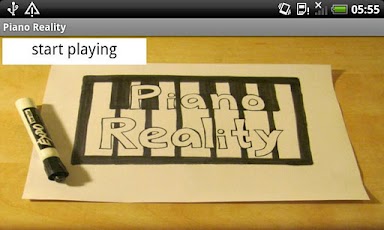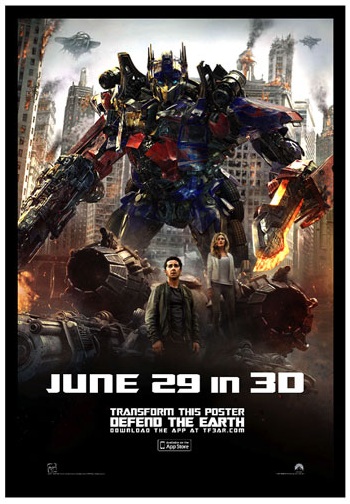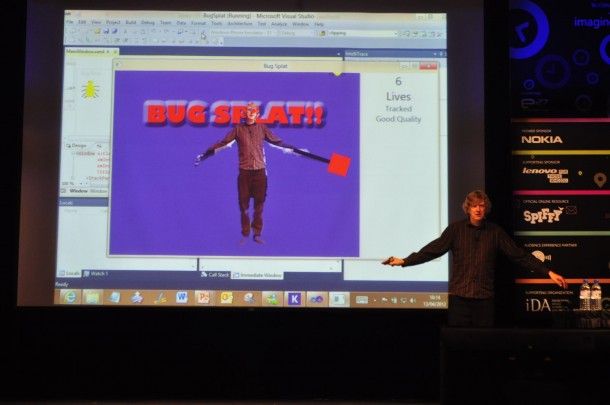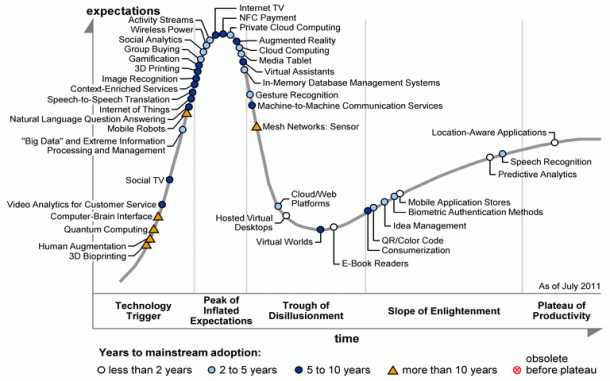Who could ever forget Tom Cruise’s cool futuristic augmented reality computer in “Minority Report” where he effortlessly navigates the computer user interface using a series of natural gestures. I never thought that it was practical till I saw Piano Reality: an app where a user can use the camera feed to recognize the piano keys that are drew on an ordinary piece of paper, and then lets you play that piano.

When Transformers 3 – Dark Side of the Moon was released in July 2011, Paramount Pictures introduced an augmented reality app for iOS called Defend the Earth. Movie fans can download the app, locate a Transformers 3 poster, and scan the poster code to unlock an augmented reality, first-person shooter game.

And the excitement does not stop there. The market has started to recognize the importance of augmented reality with the introduction of devices such as LEAP Motion, Asus Xtion Pro, and Google Glasses. Leading this technological trend is the Kinect. Introduced in November 2010, Kinect still holds the Guinness Book of Record for being the fastest selling consumer electronic device of all time. To support the developer community, Microsoft has released its Kinect SDK in June 2011 where developers can develop Kinect apps using C++, C#, and Visual Basic.NET.
In addition to Windows Kinect SDK, you can also develop Kinect apps using these two open source APIs:
1. Open Kinect

- http://openkinect.org/wiki/Main_Page
- Enables Kinect to be used with Linux, Windows, and Mac OS.
- Provides wrappers for a variety of languages such as Python, C++, C#, Actionscript, and Java.
- http://opencv.willowgarage.com/wiki/
- Enables Kinect to be used with Linux, Windows, Mac OS, iOS, and Android.
- Provides wrappers for Python, C++, and C#.
You might be wondering: Is augmented reality just another novelty? Will it last? According to Gartner’s 2011 report on Hype Cycle for Emerging Technologies, augmented reality is just passing over the “peak of inflated expectations” and it will start to enter the “trough of disallusioment”. The good news is that user interfaces involving gesture recognition are becoming more important than ever and Microsoft Kinect has made augmented reality a part of main stream technology with developers devising numerous innovative ways to use the device.
Interested to find out more about the exciting opportunities for Kinect? Check out Professor Rob Mile ’s (http://www.robmiles.com/) exciting Kinect presentation at Microsoft Campfire 2012 at http://weshipcode.com/students/resources-from-mscampfire-and-highlights/ where he showcased his simple and fun Kinect app called Bug Splat.

Encountered any interesting augmented reality apps and APIs? Do share with us your experiences and recommendations in the comments below!


 Follow
Follow